Discover the eight best photo-ops in New York City
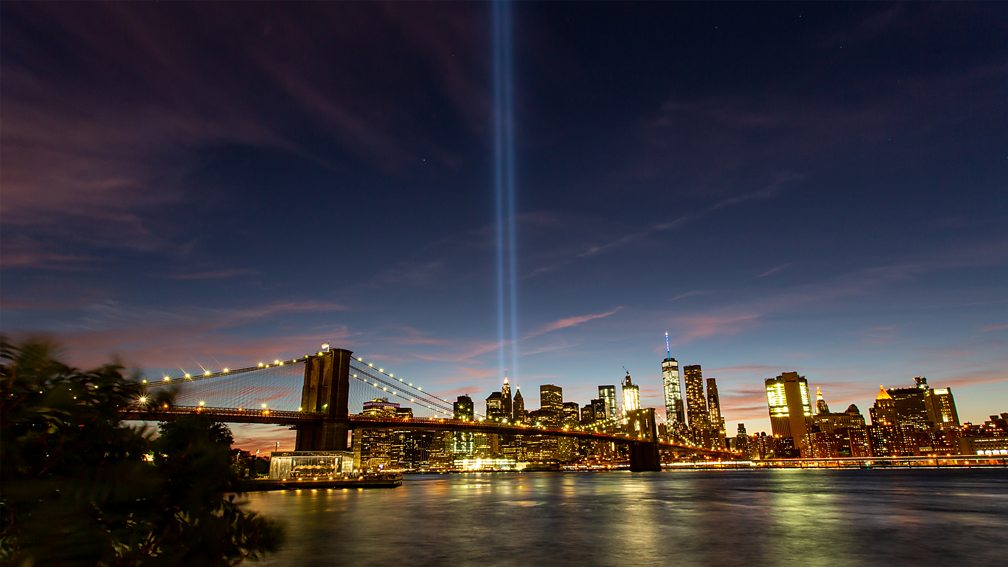
From Instagram favourites to hidden gems, professional photographer Kate Schoenbach offers her expert tips on how to shoot the most photographed city on Earth.
From its famous skyline to its bustling streets, New York City is a visual medley that has captivated photographers for decades. Continually ranked as the most photographed city on the planet, you could spend a lifetime documenting the cultural capital of the US' endlessly inspiring sights.
Exploring New York with a camera gives us agency to frame the city in a unique way that makes us feel as though we are experiencing it for the first time. Whether you are exploring New York with a DSLR, mirrorless camera or your iPhone, capturing meaningful photographs is about presence rather than equipment. As photography teacher, Charlie Naebeck, once told me, "the best camera is the one you have on you."
Sharing insight from my eight years as a professional New York City photographer, I've narrowed down the city's myriad photo-ops to eight locations and am sharing tips on how to capture unique images in well-trodden places. So, whether you are a born-and-bred New Yorker or a first-time visitor, follow this guide to capture the city in a fresh way.
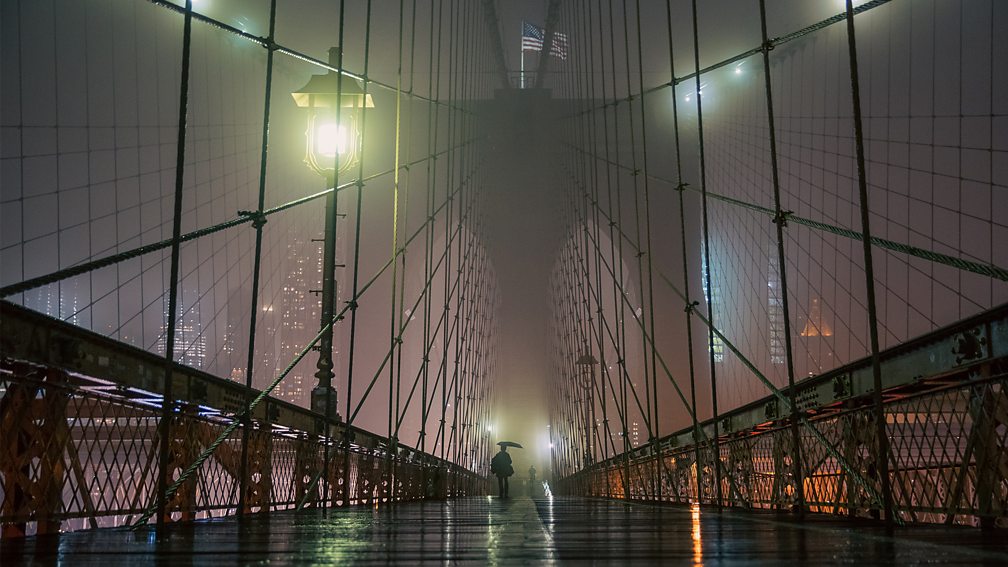
1. Best classic shot: Brooklyn Bridge
Unquestionably one of New York City's most iconic landmarks, the Brooklyn Bridge is one of the most filmed bridges in the world and has inspired countless artists, from Georgia O'Keefe to The Strokes. Completed in 1883 to connect Lower Manhattan with Brooklyn (which until 1898 was its own city), the bridge spans New York's East River and is the subject of enchanting photographs from both near and far.
The SpeciaList
To capture the striking contrast between the bridge's neo-Gothic towers and Lower Manhattan's luminous skyline, head to the centre of the bridge's walkway and face Manhattan. Get low to the ground and tilt your camera up to fill the frame with the bridge's cables – and the occasional pedestrian, which adds intrigue to your image. To avoid the crowds, shoot at dawn or at night (my favourite), and don't let the elements stop you. I find some of the best images are taken after sundown in the rain and fog, a combination which texturises images with a hazy glow, setting your photographs apart from the rest.
For an unobstructed view of the bridge spanning the East River, head to the nearby Pebble Beach. To create a dynamic photograph, add detail to the foreground by standing behind one of the waterfront's bushes. If you're shooting at night and have a tripod, hold steady and increase your camera's exposure time (shutter speed) to a few seconds to capture the movement of the bushes against the stillness of the city (this same trick can be done on your iPhone by converting a live photo to a long exposure photo in the Photos App).
Tip: If you're in town on 11 September, join the crowds of photographers who gather along the Brooklyn waterfront with their tripods to capture the 9/11 Memorial lights soaring into the night-time sky.
Website: www.nyc.gov/html/dot/html/infrastructure/brooklyn-bridge.shtml
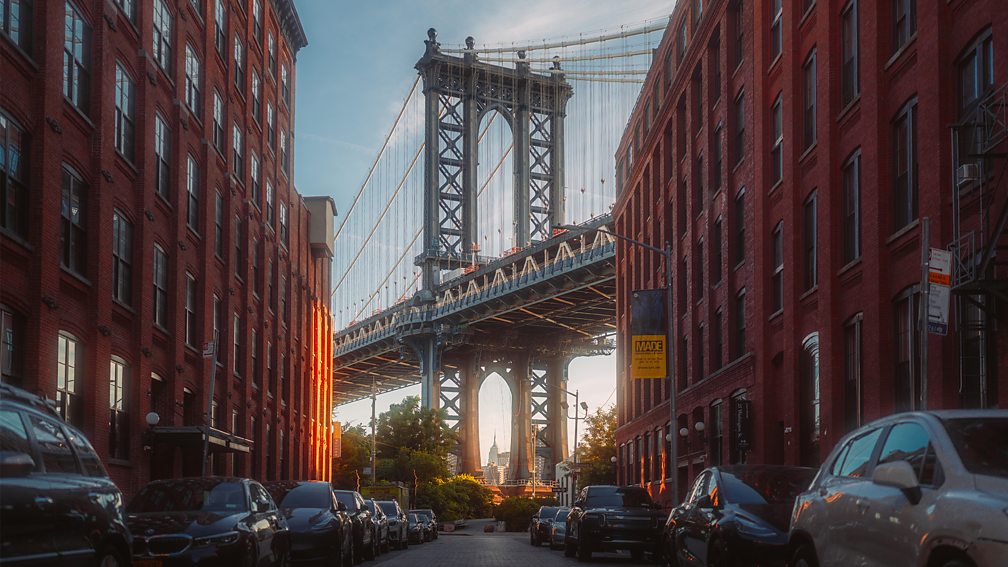
2. Biggest Instagram favourite: Manhattan Bridge
Built in 1909 to relieve traffic on the neighbouring Brooklyn Bridge, the Manhattan Bridge is the youngest of three East River bridges connecting Lower Manhattan with Brooklyn. The westbound entrance is located in Brooklyn's Dumbo neighbourhood – a district whose acronymic name comes from bridge itself: "Down Under the Brooklyn Bridge Overpass" – and offers a plethora of photo ops.
A quintessential New York shot – and Instagram favourite – can be made at the end of Washington Street facing the bridge (watch out for cars!). Focusing on the bridge, use a deep depth of field and, on a clear day, you can see the Empire State Building between the bridge's base. To set your image apart, get here at dawn to avoid the crowds and catch a dreamy shot of the sun illuminating the bridge's steel blue beams, which provides a striking contrast against Dumbo's red-brick buildings and cobblestone streets.
For an abstract perspective, head over to Brooklyn Bridge Park (a waterfront park that spans the bases of both the Manhattan and Brooklyn bridges). One of my favourite perspectives is from the waterfront facing east, as the bridge appears to rise out of the industrial landscape. Get low enough to the ground to capture the park's rolling hill and tilt your camera slightly upwards. If you are shooting at night, make sure to hold the camera steady as the lack of light requires longer exposure time. If you have a DSLR or mirrorless camera, bring a tripod, close the aperture, and lengthen the exposure time to get the starburst effect, and – voila! What New York lacks in star cover it makes up for in its vibrant display of twinkling lights.
Website: www.nyc.gov/html/dot/html/infrastructure/manhattan-bridge.shtml
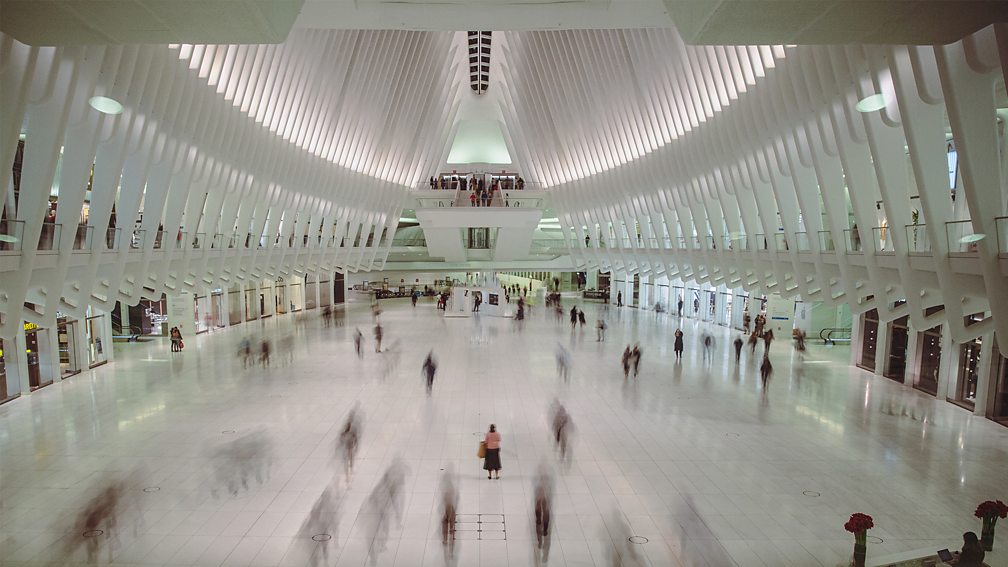
3. Most otherworldly shot: The Oculus at World Trade Center
Rising out of Lower Manhattan like a winged dinosaur, The Oculus at World Trade Center's bleached steel frame is a striking contrast against the rectangular buildings of its environs. Conceptualised by architect Santiago Calatrava in remembrance of the 9/11 victims, the Oculus opened as a major transportation hub in February 2016 and has since been an Instagram favourite.
To capture the essence of this otherworldly building, I recommend leaning into the crowds and making them part of your photograph. As Brooklyn-based photographer Brit Worgan says, "let the scene unravel in front of you".
One way to create a unique image is to use one of my favourite techniques – long exposure, which, if there is sufficient movement, allows you to capture both the dynamism of the ground floor and the stillness of the cathedral-like ceilings. From the mezzanine, rest your camera (or iPhone) along the banister to simultaneously frame and steady your device (while cameras are permitted in the Oculus, tripods are not). If you have an iPhone, take a live photo, and change your live photo to a long exposure photograph in the Photos App. For those with DSLRs or mirrorless cameras, close the aperture and lengthen the exposure time to a few seconds. (To do this, you may need to throw on a neutral density (ND) filter, which allows you to extend your exposure time in bright conditions).
Website: https://www.officialworldtradecenter.com/en/local/learn-about-wtc/oculus-transportation-hub.html
Address: 285 Fulton St, New York, NY 10007
Phone: 1-844-696-1776
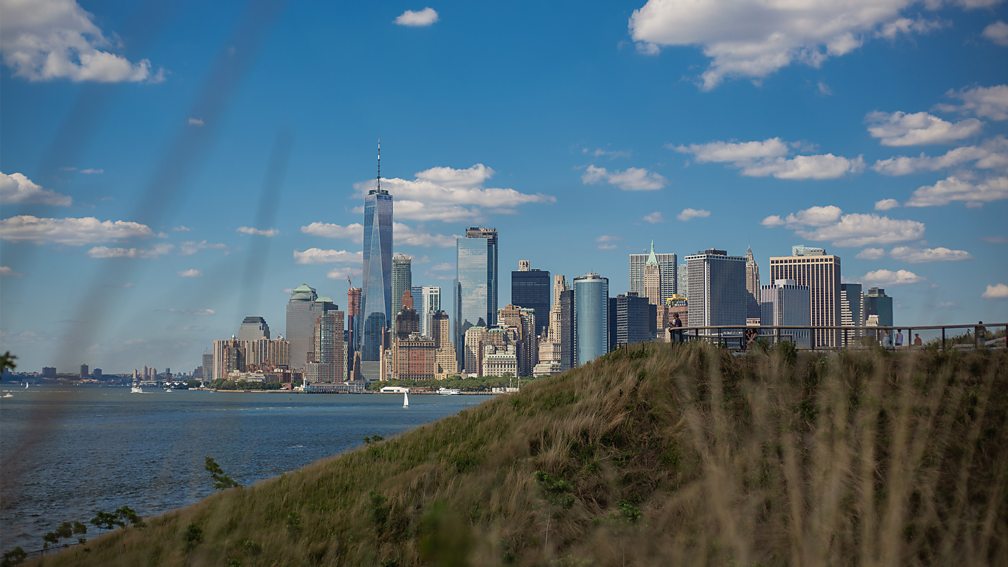
4. Best views of Lower Manhattan: Governors Island
To capture the Manhattan skyline from an unusually open perspective, hop on a ferry from Battery Park and in 10 minutes you will be transported to this maritime gem. Situated between Lower Manhattan and Brooklyn, Governors Island is a 172-acre leafy oasis and artistic hub offering year-round activities, sprawling fields and unobstructed views of New York Harbor. Serving as a military base for more than 200 years, the island opened to the public in 2005 and (save for a brief time during the pandemic) has served as a cultural centre offering photographers the chance to capture Manhattan from a unique angle ever since.
The best views of Lower Manhattan and the Statue of Liberty are found along the western edge of the 2.2-mile promenade that loops the island. For an expansive shot, climb the Hills at the edge of Picnic Point. Facing Manhattan, position yourself atop the second crest, behind the grass, to capture an unusual juxtaposition of one of the world's most famous skylines set against blue waters and verdant fields.
The park abounds with an array of open spaces, historic buildings and quirky features, including Hammock Grove, Outlook Hill and New York City's longest slide. Head to Nolan Park in the north to check out 19th-Century military homes that, in the summertime, are converted to art exhibition spaces.
Website: www.govisland.com
Instagram: @governorsisland
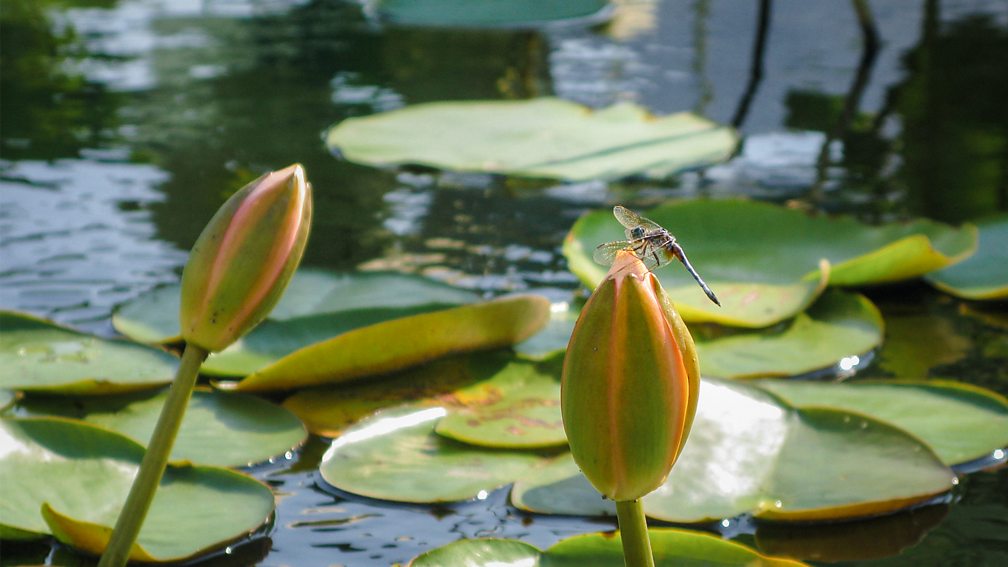
5. Best shot of urban nature: New York Botanical Garden
As you enter the Bronx's New York Botanical Garden, the din of the bustling streets gives way to the mellifluous sound of chirping robins and fragrant smells of abundant flora, betraying the notion that you're in America's largest city. Extending 250 acres, this urban oasis is home to more than 12,000 species of plants and countless photo-ops.
Rising elegantly amidst the garden's myriad foliage, the Enid A Haupt Conservatory houses a year-round array of tropical plants and is famous for its annual springtime orchid show. In the summer, its courtyard pools give birth to aquatic plants, whose beauty is worth capturing. Make a water lily your focal point by getting close with your camera and adding a bokeh effect (on your camera, open the aperture; on your iPhone, select portrait mode and tap the screen to focus on the flower). Create a one-of-a-kind photograph by zooming in and waiting for nature come to you – if you're still, you may see a dragonfly.
Beyond the Victorian-style glasshouse lies numerous other photo-ops, from the Rock Garden's tranquil waterfall to the Rose Garden's 650 varietals. For those wishing to explore beyond the garden's gates, the neighbouring Arthur Avenue neighbourhood offers vibrant street photography and some of the best Italian food in New York.
Website: www.nybg.org
Address: 2900 Southern Blvd, Bronx, NY 10458
Phone: 1-718-817-8700
Instagram: @nybg
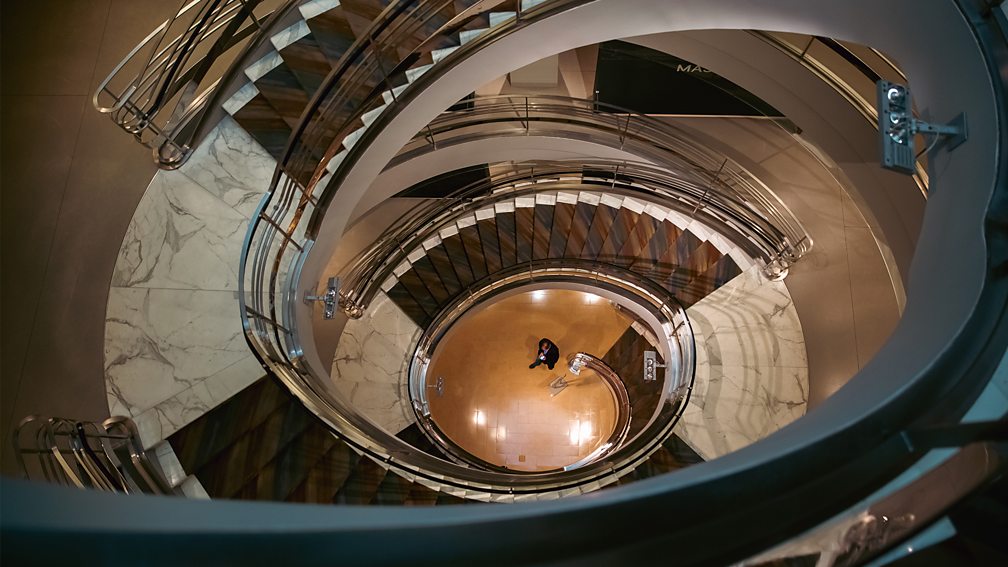
6. Best bad-weather escape: Rubin Museum of Art
For colder days when you don't feel like braving the elements, the Rubin Museum of Art (open Thursday to Sunday) serves as a creative sanctuary. Founded in 2004, the Rubin is a hidden gem nestled in Manhattan's Chelsea neighbourhood featuring more than 3,400 sculptures, paintings and other objects from the Himalayas and surrounding regions. From the soothing bells of the Tibetan Buddhist Shrine to the interactive Mandala Lab, exhibitions are immersive and allow visitors to photograph Asian art without leaving New York. (While flash is not allowed, photography is generally allowed but be mindful of signage to the contrary.)
One of the best ways to capture the ethos of this museum is from the top floor looking down through the sweeping marble staircase. Spiralling from the first to the sixth floor, the circumference is flanked by quadrants, a shape echoing the museum's East Asian mandalas (geometric configurations representing one's spiritual journey). With your camera pointed down, frame your shot with the banister anchored in the corner to draw your eyes to the centre along the stairs' concentric circles. Using a deep depth of field allows the scene on each floor to unfold before you, while waiting patiently for intriguing subjects allows you to capture fleeting moments.
Make sure to hold your camera (or phone) steady to avoid camera shake as the museum's dim lighting will require longer exposure times. (Unless a slightly blurred image is what you're going for – the sky is the limit with creativity!)
Website: www.rubinmuseum.org
Address: 150 W 17th St, New York, NY 10011
Phone: 1-212-620-5000
Instagram: @rubinmuseum
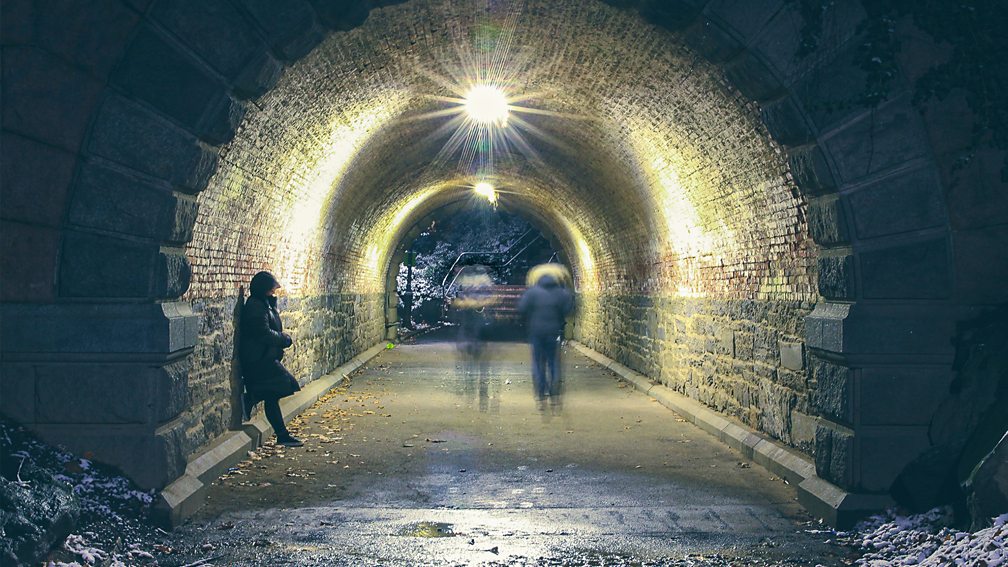
7. Best "hidden" favourite: Central Park
At 843 acres, Central Park is more than 50% larger than the country of Monaco and is the most-filmed location on Earth. From sprawling Sheep Meadow to the tranquil waters of the Reservoir, this quintessential New York landmark offers photographers myriad opportunities to capture stunning images.
Predictably, the park can get crowded, so look for off-the-beaten-path locations. A favourite of mine is the relatively hidden Inscope Arch along the park's southern edge. To capture unique shots, Worgan says the best thing to do is integrate yourself and observe. "You don't know where your next shot will come from, so don't just focus on getting the 'right' shot. Be present and observe."
To capture both the stillness and dynamism of this area, I lengthen the shutter speed to a couple seconds and steady my Sony a7C mirrorless camera on a lightweight tripod. (If using an iPhone, steady your device and convert a live photo to a long exposure photograph in the Photos App.)
Exploring the park's environs, like Belvedere Castle, Bethesda Terrace and the forest along the park's north edge, is a must. Come here early in the morning or at night to beat the crowds.
Website: www.centralparknyc.org
Instagram: @centralparknyc
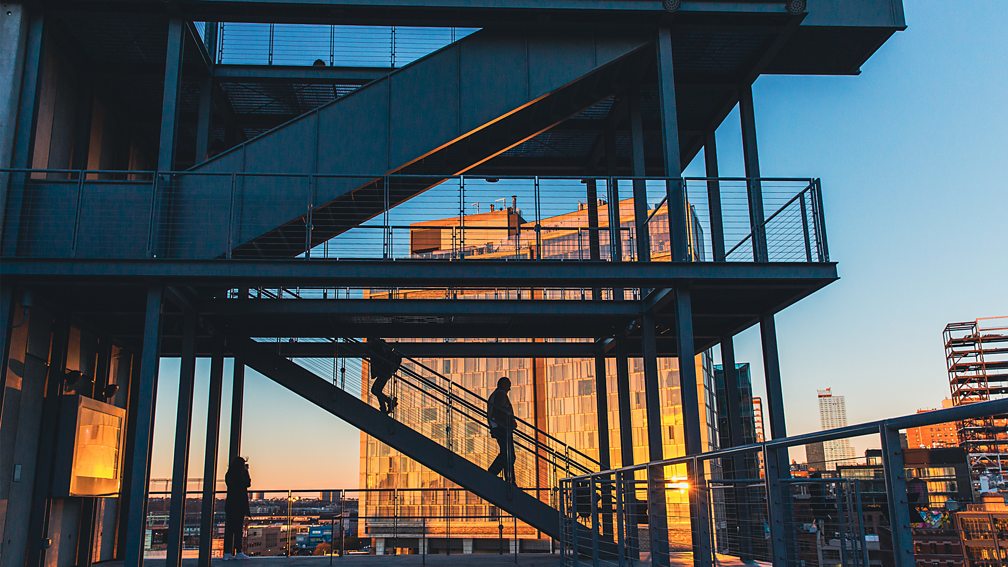
8. Best creative skyline shot: Whitney Museum of American Art
Located along the Hudson River in Manhattan's Meatpacking District, the Whitney is home to more than 26,000 works by more than 3,700 American artists, from the 20th Century to present day. Its modern glass and raked-steel design conceptualised by architect Renzo Piano sprouts organically from the industrial neighbourhood and makes for great photo-ops.
Head to the sixth-floor outdoor terrace to capture views of the Hudson River and the Manhattan skyline – especially if you're willing to get creative with your perspective. Shooting towards the outdoor stairwell at sunset creates silhouettes of museum-goers, adding an evocative element to an otherwise typical cityscape image. The warm tones of the sun's rays in the background contrast against the cooler shades of the metal staircase, making the photo pop (to take twilight images, come on Friday evenings when the museum is open until 22:00). Integrate installation pieces in your image (like the current Rose B. Simpson exhibition to add an artistic element to your image.
There is no shortage of unique sites at the Whitney. For daytime visits, large floor-to-ceiling windows and a whitewashed interior allow (non-commercial) photographers to capture minimalist images of iconic art, from paintings by Edward Hopper to sculptures by Andrew Calder (non-flash photography is generally allowed but be mindful for signage noting otherwise). When you leave the museum, head out to the nearby High Line or the newly opened Little Island for a whimsical escape to New York's verdant sanctuaries.
Website: www.whitney.org
Address: 99 Gansevoort St, New York, NY 10014
Phone: 1-212-570-3600
Instagram: @whitneymuseum
BBC Travel's The SpeciaList is a series of guides to popular and emerging destinations around the world, as seen through the eyes of local experts and tastemakers.
---
Join more than three million BBC Travel fans by liking us on Facebook, or follow us on Twitter and Instagram.
If you liked this story, sign up for The Essential List newsletter – a handpicked selection of features, videos and can't-miss news delivered to your inbox every Friday.